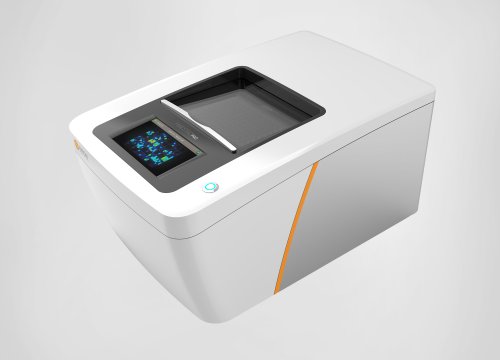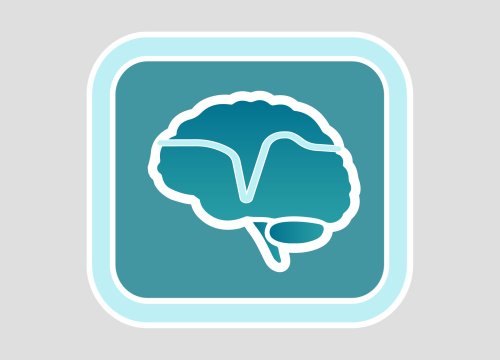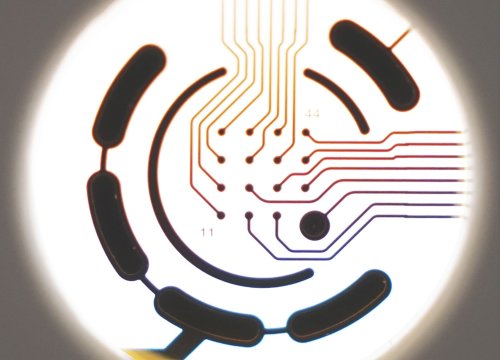Insights into the mechanisms of neuropathic, nociceptive, and inflammatory pain seek to transform therapeutic approaches for these debilitating conditions, and discoveries about the pathogenesis of inherited pain syndromes may lead to innovative gene therapies. Although modeling the complexities of human pain in the laboratory has historically been challenging, advances in biotechnology and research methods are now enabling scientists to unravel the mysteries of pain and explore novel solutions.
Learn how researchers are creating new models of pain and using the Maestro to accelerate therapeutic discovery with these selected publications:
- Derivation of peripheral nociceptive, mechanoreceptive, and proprioceptive sensory neurons from the same culture of human pluripotent stem cells
- Multi-electrode array of sensory neurons as an in vitro platform to identify the nociceptive response to pharmaceutical buffer systems of injectable biologics
- Human spinal organoid-on-a-chip to model nociceptive circuitry for pain therapeutics discovery
- A role for translational regulation by S6 kinase and a downstream target in inflammatory pain
- Inhibition of sodium conductance by cannabigerol contributes to a reduction of dorsal root ganglion neuron excitability
Derivation of peripheral nociceptive, mechanoreceptive, and proprioceptive sensory neurons from the same culture of human pluripotent stem cells
Saito-Diaz K, Street JR, et al. Stem Cell Reports.(2021)
Researchers differentiated human pluripotent stem cells derived from patients with familial dysautonomia into nociceptors, mechanoreceptors, and proprioceptors.
Highlights:
- A simple differentiation protocol using human pluripotent stem cells efficiently generates functional, DRG-like peripheral sensory neuronal cultures.
- Sensory neuronal cultures are electrically active and respond to specific stimuli including nociceptive agonists and pressure.
- iPSC-derived sensory neurons from familial dysautonomia patients recapitulate disease phenotypes.
Read more about this publication
Multi-electrode array of sensory neurons as an in vitro platform to identify the nociceptive response to pharmaceutical buffer systems of injectable biologics
Eaton M, Que Z, et al. Pharmaceutical Research. (2021)
Buffer components can contribute to pain at an injection site and affect patient compliance. Researchers develop an in vitro multielectrode (MEA)-based assay to measure nociception in dorsal root ganglion (DRG) sensory neurons exposed to buffer solutions.
Highlights:
- MEA assays can evaluate nociceptive responses to buffer solutions and could be a high-throughput first step to characterizing nociception.
- In a comparison of four common injectable buffers, citrate solutions significantly increase DRG activity.
- Lowering the concentration of citrate reduces the firing rate in DRG sensory neurons.
Read more about this publication
Human spinal organoid-on-a-chip to model nociceptive circuitry for pain therapeutics discovery
Ao Z, Cai H, et al. Analytical Chemistry. (2022)
Investigators create spinal organoid-on-a-chip devices for studying the biology and electrophysiology of human nociceptive neurons and dorsal horn interneurons.
Highlights:
- A protocol is developed to create human stem cell-derived sensory-spinal cord organoids with dorsal spinal cord interneurons and sensory neurons.
- 3D-printed organoid-on-a-chip devices can be integrated with multielectrode array (MEA) systems.
- Potential pain treatments with nociceptive modulators are demonstrated on MEA.
Read more about this publication
A role for translational regulation by S6 kinase and a downstream target in inflammatory pain
de la Peña JB, Kunder N, et al. British Journal of Pharmacology. (2021)
Scientists use murine dorsal root ganglion (DRG) neurons to investigate the role of kinase pathways and identify a target for inflammation-induced pain.
Highlights:
- Inflammatory mediators increase neuronal firing and hypersensitivity to mechanical and thermal stimulation.
- S6 kinase 1, in the mTOR signaling pathway, regulates c-Fos in DRG neurons and the inflammatory response in DRG activity.
- Targeting the S6 kinase pathway or c-Fos may lead to the development of novel pain-modulating therapeutics.
Read more about this publication
Inhibition of sodium conductance by cannabigerol contributes to a reduction of dorsal root ganglion neuron excitability
Ghovanloo M-R, Estacion M, et al. British Journal of Pharmacology. (2022)
Cannabigerol (CBG) may act as an analgesic by blocking voltage-gated sodium (Nav1.7) currents in CNS neurons. Scientists examine the effects of CBG on Nav channels.
Highlights:
- CBG reduces peak conductance of Nav1.7 and slows recovery from inactivation.
- DRG neurons show reduced excitability with CBG on multielectrode arrays.
- Inhibitory effects of CBG on Nav1.7 suggest the compound may be a promising therapeutic approach to treat pain.
Read more about this publication


